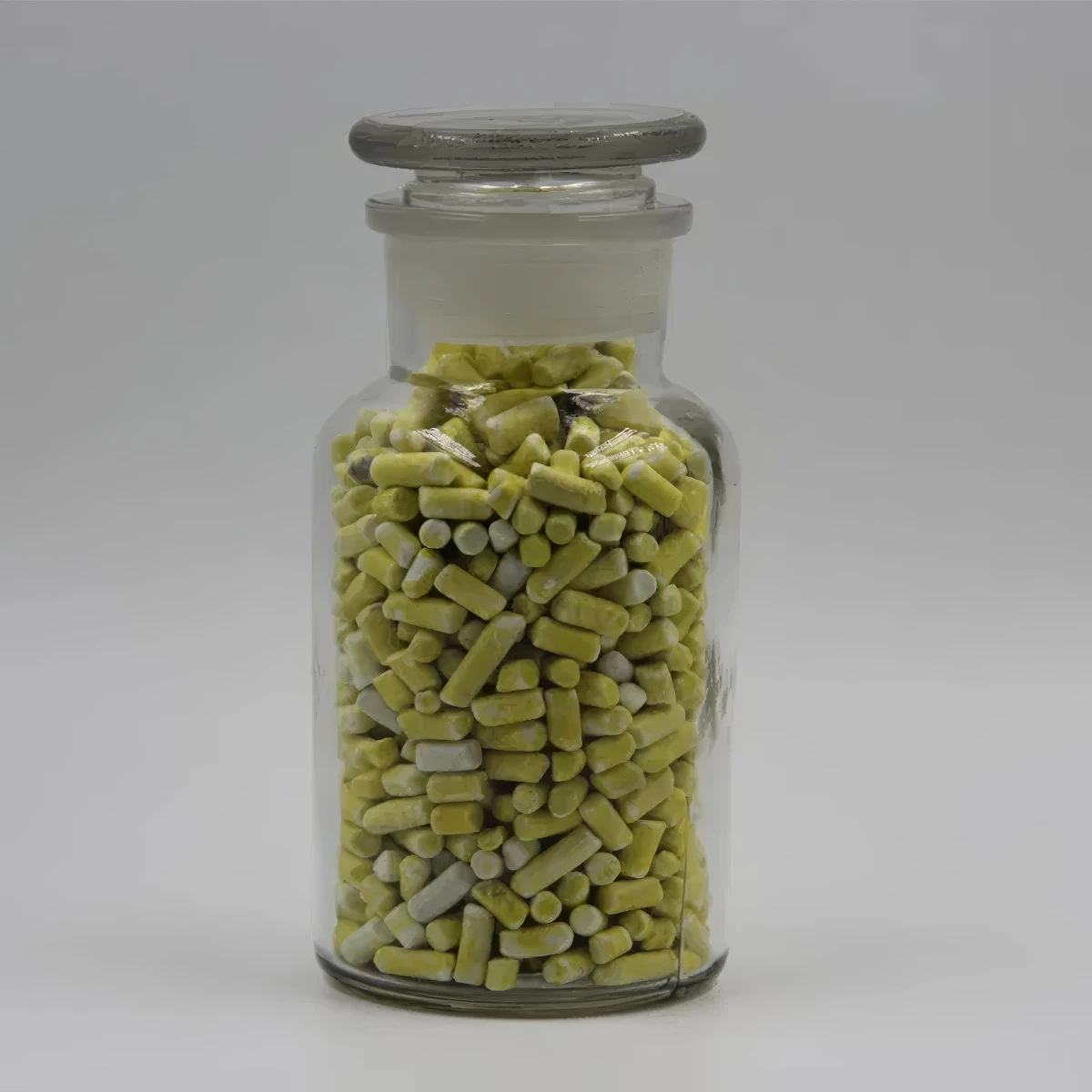



Innovative Approaches to Physical and Chemical Methods for Water Treatment Solutions
Physical-Chemical Water Treatment An Overview
Water is an essential resource for life, industrial processes, and the environment. However, increasing pollution and the growing demand for clean water necessitate the development of effective water treatment techniques. Among various methods, physical-chemical water treatment has gained significant popularity due to its efficacy in removing contaminants and improving water quality. This article aims to provide an overview of physical-chemical water treatment, its principles, processes, advantages, and challenges.
Principles of Physical-Chemical Water Treatment
Physical-chemical water treatment encompasses a range of processes that combine physical and chemical methods to remove or neutralize pollutants in water. The primary aim is to improve water's physical and chemical quality, making it suitable for consumption, irrigation, or industrial use. The principles of this treatment revolve around the interaction between contaminants and various treatment agents, where physical processes such as filtration and sedimentation work in tandem with chemical processes like coagulation and disinfection.
Common Processes in Physical-Chemical Treatment
1. Coagulation and Flocculation This is one of the most widely used processes in water treatment. Coagulation involves adding substances known as coagulants (e.g., aluminum sulfate) to water, which causes suspended particles to clump together, or coagulate. Flocculation follows, where gentle stirring encourages these clumps to form larger aggregates (flocs) that can be easily removed through sedimentation or filtration.
2. Sedimentation Following coagulation and flocculation, the water undergoes sedimentation, where the heavier flocs settle to the bottom of a tank due to gravity. This process effectively removes a significant portion of the particulate matter.
3. Filtration After sedimentation, the clarified water is passed through various types of filters (e.g., sand filters, activated carbon filters) to remove remaining microorganisms and fine particles. Filtration can improve taste and odor, as well as eliminate harmful contaminants.
physical chemical water treatment

4. Disinfection To ensure the treated water is safe for consumption, disinfection is conducted using chemicals such as chlorine, ozone, or ultraviolet (UV) light. This process targets pathogens, ensuring that any harmful microorganisms present in the water are neutralized.
5. Advanced Oxidation Processes (AOPs) AOPs involve the generation of hydroxyl radicals to oxidize organic contaminants. These processes are highly effective for treating wastewater containing complex organic pollutants that are resistant to conventional treatment.
Advantages of Physical-Chemical Treatment
Physical-chemical water treatment boasts several advantages. Firstly, it is effective in removing a wide variety of pollutants, including sediments, organic compounds, heavy metals, and pathogens. Secondly, it requires relatively less energy compared to biological treatment methods. Thirdly, this approach enables quick responses to varying water quality issues, making it suitable for situations requiring immediate action.
Challenges and Considerations
Despite its benefits, physical-chemical water treatment is not without challenges. The use of chemicals such as coagulants and disinfectants poses potential health and environmental risks if not properly managed. Additionally, the generation of sludge during sedimentation can lead to disposal challenges. The treatment process also requires careful monitoring and adjustment to maintain effectiveness, ensuring compliance with water quality standards.
Conclusion
Physical-chemical water treatment is an essential component of modern water management strategies. Its combination of physical and chemical processes provides an effective means to address water quality issues in various settings. As the demand for clean water continues to rise alongside concerns about environmental sustainability, innovations in physical-chemical treatment methods will likely play a crucial role in ensuring safe and reliable water resources for future generations. Embracing these technologies will be vital in meeting the global challenge of providing clean water access while safeguarding public health and the environment.
-
Why Sodium Persulfate Is Everywhere NowNewsJul.07,2025
-
Why Polyacrylamide Is in High DemandNewsJul.07,2025
-
Understanding Paint Chemicals and Their ApplicationsNewsJul.07,2025
-
Smart Use Of Mining ChemicalsNewsJul.07,2025
-
Practical Uses of Potassium MonopersulfateNewsJul.07,2025
-
Agrochemicals In Real FarmingNewsJul.07,2025
-
Sodium Chlorite Hot UsesNewsJul.01,2025










